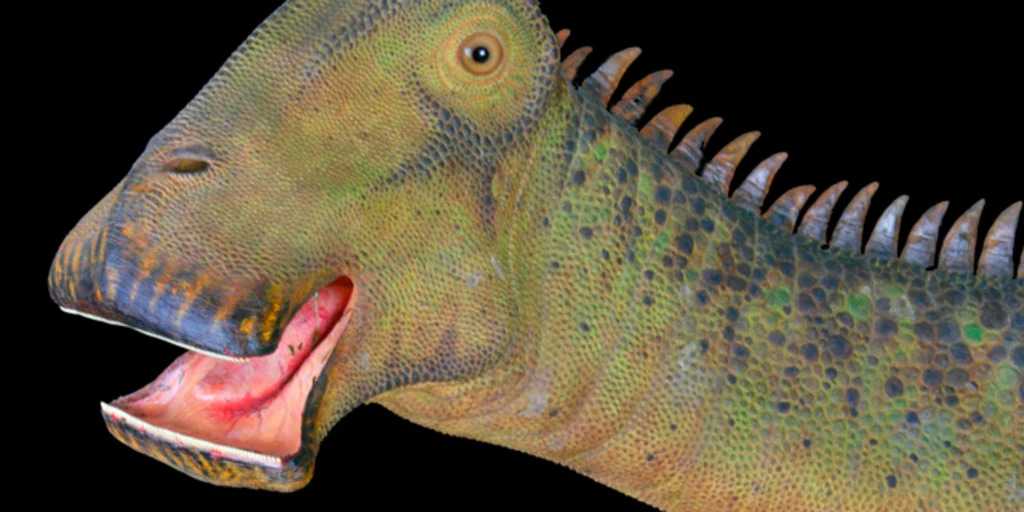The dinosaur with 500 teeth is known as Nigersaurus, a herbivorous dinosaur that lived during the Late Cretaceous period in what is now Niger, Africa. Its unique dental structure features more than 500 teeth arranged in rows, making it a standout among dinosaur species.
Introduction to Nigersaurus
Nigersaurus is a herbivorous dinosaur that lived during the Late Cretaceous period in what is now Niger, Africa. It is known for its unique physical characteristics, particularly its remarkable dental structure that features more than 500 teeth arranged in multiple rows.
Physical Characteristics of Nigersaurus
Nigersaurus was a relatively small dinosaur, measuring up to 30 feet long and weighing up to 4 tons. Its most distinctive feature is its elongated neck, which could reach up to 30 feet in length, allowing it to graze on vegetation in a wide area. Its skull was also unique, featuring a broad, flattened shape that resembled the head of a vacuum cleaner.
Unique Adaptations of Nigersaurus
Nigersaurus had several unique adaptations that allowed it to survive and thrive in its environment. Its elongated neck and specialized dental structure allowed it to feed on low-growing vegetation and process tough plant material efficiently. Its broad skull and air sacs also helped to lighten its head, making it easier to lift and maneuver.
Dietary Habits of Nigersaurus
Nigersaurus was a herbivore, meaning it fed on plants. Its specialized dental structure, which featured more than 500 teeth arranged in rows, allowed it to continually replace worn or broken teeth and grind tough plant material effectively.
Discovery and Extinction of Nigersaurus
Nigersaurus was first discovered in Niger in the 1970s by a team of paleontologists. Since then, several specimens have been found, allowing scientists to study its anatomy and behavior. Nigersaurus went extinct at the end of the Cretaceous period, along with many other dinosaur species.
The Legacy of Nigersaurus in Dinosaur Science
Nigersaurus has contributed significantly to our understanding of dinosaur evolution and ecology. Its unique physical characteristics and adaptations have shed light on the diversity of dinosaur species and their roles in their ecosystems. Its discovery has also highlighted the importance of paleontological research in uncovering the secrets of the prehistoric world.
Conclusion
Nigersaurus is a fascinating dinosaur species that has captured the interest of scientists and dinosaur enthusiasts alike. Its unique physical characteristics and dental structure make it a stand out among dinosaur species and contribute to our understanding of the diversity of life that existed in the prehistoric world.
